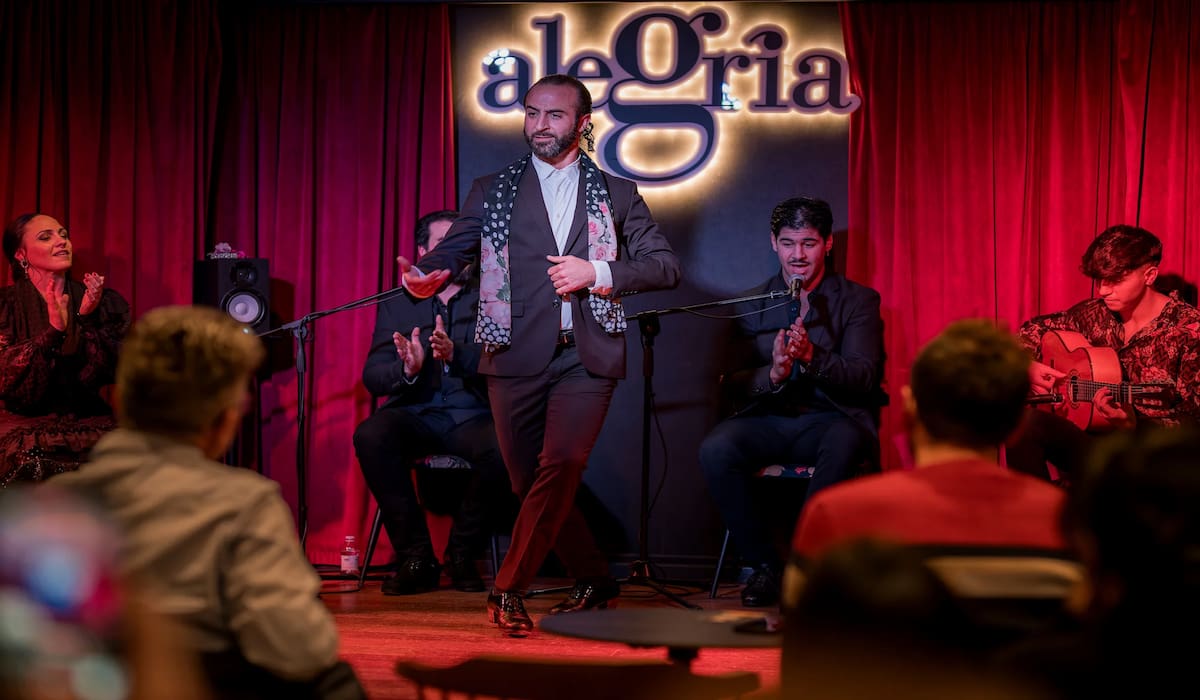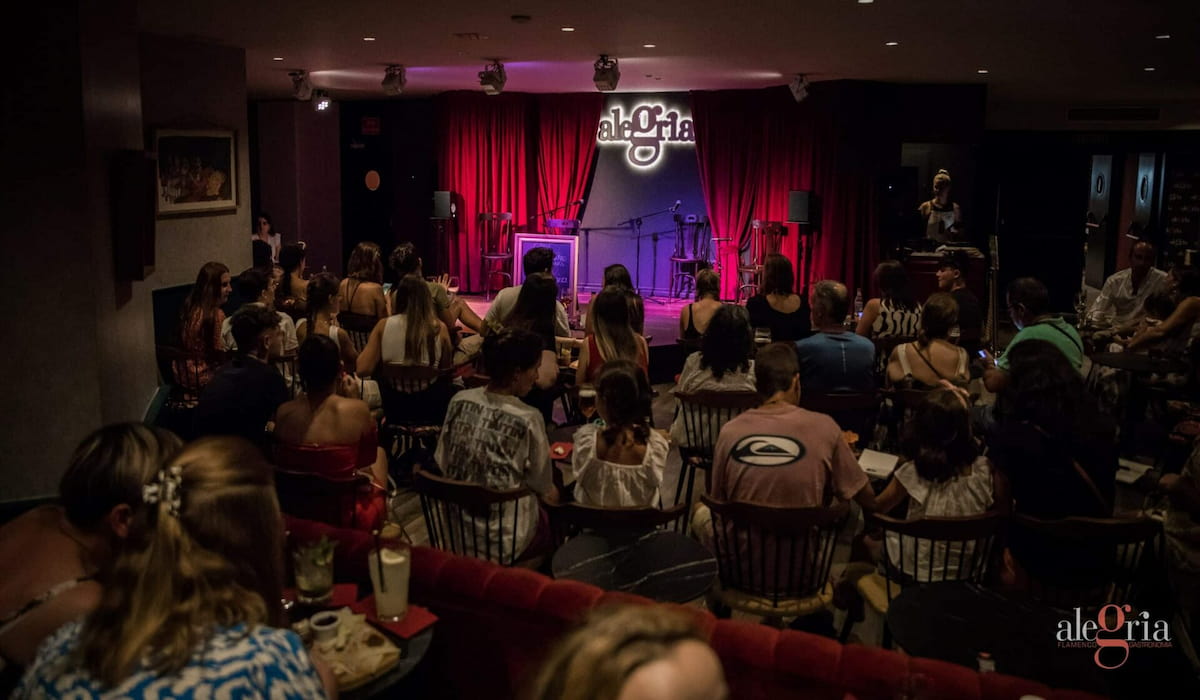The flamenco abandolaos are a type of singing derived from the fandango group, from which numerous styles have emerged, such as rondeñas, malagueñas, cantes del Piyayo, jabegotes or jaberas. These songs had in common the presence of the “bandola”, a type of ancient guitar. It’s a type of singing characterized by having a very marked, lively and easy to recognize beat.
What are Cantes Abandolaos?
Cantes abandolaos are a type of flamenco singing derived from verdiales. They emerged when verdiales lost their danceable character and the accompaniment of a music band. The interpretation is usually performed by a single singer, with a slower rhythm and accompanied only by a guitar. The flamenco version has a much less lively rhythm than the folk version and usually limits the accompaniment to the guitar, and in some cases even to castanets.
What Does Abandolao Mean?
The term “abandolao” is quite recent, as it has been used in flamenco for about 50 years. It receives its name from the instrument that accompanied the songs, the bandola. An ancient guitar that belongs to the lute family, similar to the bandurria, but smaller and with four double strings that are played with fingers or a plectrum.
Origins of Cantes Abandolaos
The fandangos abandolaos seem to have originated from other songs from the Middle Ages, related to zarabandas, jácaras, caleseras and cachuchas, especially from Moorish dances and boleros. It is said that the verdial fandango emerged from the Moorish fandango, a very old song of the Andalusian Moors from which the “abandolao” strumming rhythm emerged, a constant accelerated strumming throughout the performance that appeared between the 17th and 18th centuries.
This type of singing would transform into what is now known as verdiales-abandolaos or fandangos-verdiales and would become prevalent in some areas of Granada, Málaga, Almería and Murcia. And from them would derive the types of fandangos we know today.
Over time, many performers would pause and slow down the songs to adapt them to their form and style, and from them would emerge tarantas, granaína and a good number of songs that we currently know as Levante. It is even possible to find the “abandolao” rhythm in the accompaniment of fandangos from Cabra and Lucena, in some from Extremadura, Castilla-La Mancha and Huelva, and in the zánganos of Puente Genil.
Characteristics of Cantes Abandolaos
At the beginning of the 19th century, Juan Breva slowed down the verdial from Vélez, calmed it and took a step towards the flamenco-ization of the style. At this point, this type of singing is already free. However, there are some characteristics that all fandangos abandolaos have in common:
Tonality
Like all fandangos, the interludes, introduction and falsetas are governed by the Andalusian scale and by the ayeo prior to the lyrics interpreted by the singer. When the verses begin, the singing switches to the major mode. At the end, the modulation is finished again with the Andalusian scale.
Rhythm
We are dealing with a basic example of ternary rhythm, which is the air on which the Spanish bolero is accompanied.
Verse
The verse of cantes abandolaos is a fandango. Usually, the theme of the verses is cheerful and even humorous, as they are styles typical of celebratory moments.
Keys
The simplest way to identify cantes abandolaos that arise from the verdial is their unmistakable rhythm or air of Spanish bolero. The guitars strum almost non-stop before, during and after the singing.
In conclusion, cantes abandolaos come from verdial fandangos, but endowed with a freer and calmer rhythm, and accompanied only by a guitar. And, currently, we can find them mainly in the provinces of Córdoba, Málaga and Granada. If you’re planning to spend a few days in the area, don’t miss the opportunity to see them!




